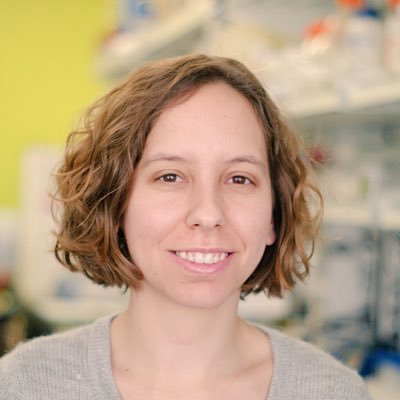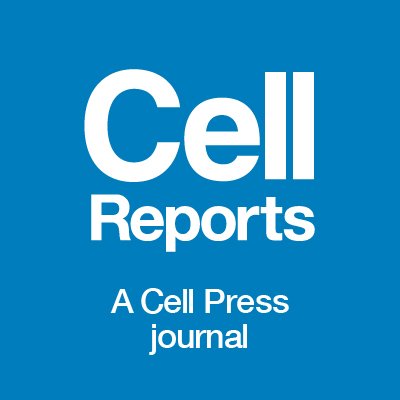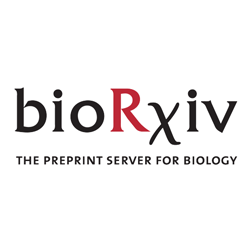
Celeste Karch
@karchlab
Followers
4K
Following
10K
Media
477
Statuses
4K
Professor. Washington University School of Medicine. Genomics, stem cell models, molecular mechanisms of AD and other tauopathies. She/her. 🦋Karchlab
St Louis, MO
Joined March 2017
A Comprehensive Resource for Induced Pluripotent Stem Cells from Patients with Primary Tauopathies: Stem Cell Reports
cell.com
In this article, Karch, Temple and colleagues describe a resource of fibroblasts, patient-derived induced pluripotent stem cells, and genome engineered stem cells with comprehensive clinical histor...
4
31
120
SNARE Proteins Are Required for Macroautophagy: Cell
cell.com
Macroautophagy mediates the degradation of long-lived proteins and organelles via the de novo formation of double-membrane autophagosomes that sequester cytoplasm and deliver it to the vacuole/lyso...
0
0
0
PICALM Alzheimer’s risk allele causes aberrant lipid droplets in microglia:
nature.com
Nature - A PICALM allele associated with increased risk of late-onset Alzheimer’s disease has a microglial-specific role in lipid droplet accumulation.
1
9
36
DDX3X acts as a selective dual switch regulator of mRNA translation in acute ER stress
cell.com
Shawky et al. show that DDX3X selectively promotes or represses mRNA translation in a stress-dependent manner. This bidirectional regulation involves position-specific binding to the mRNA 5′ UTR and...
2
7
41
We're excited to share our new pre-print, where @GizemTerzioglu_ et al. identify SHIP1, the protein encoded by the Alzheimer's disease risk gene INPP5D, as a regulator of endo-lysosome function and selective phagocytosis in human iPSC-derived microglia. https://t.co/iS2ixs9NTA
biorxiv.org
INPP5D, the gene encoding SHIP1, is genetically associated with Alzheimer’s disease (AD) risk and plays a central role in regulating immune function. Here, we aimed to elucidate the mechanism by...
1
4
21
1/ 🚨 New preprint from the lab! We show that #Frontotemporal #dementia-causing #tau mutations (#P301S, #S305N, IVS10+16) hyperactivate rDNA transcription, triggering nucleolar hyperactivity, stress, and neurotoxicity in diverse models. 🔗 https://t.co/pI8gokuvzG
1
1
4
A nice article in @washumedicine about our recent paper: https://t.co/WJWrHe729v
medicine.washu.edu
A mouse study at WashU Medicine shows how Alzheimer’s disease reprograms genes in specialized cells involved in amyloid plaque removal.
1
7
15
Our glial circadian atlas in AD and aging mice is now out in @NatureNeuro! Congrats to @patwsheehan for incredible work and to our collaborators @johnthefryer, @CarpeRibosomam, @darshan1s, Ron Anafi, and the team. @johnthefryer and I started this in 2019! https://t.co/AYnP0sCbGj
nature.com
Nature Neuroscience - Sheehan et al. have characterized the circadian translatomes of astrocytes and microglia in the mouse cortex in the context of amyloid pathology or aging, revealing cell- and...
1
34
104
We can fix it! Adding more FAM151B-DT to cells reduces tau and alpha-synuclein aggregation. Making this a promising target for drug design for FTD and Parkinson’s disease @AFTDHope @MichaelJFoxOrg
0
0
1
When FAM151B-DT is silenced, tau and alpha-synuclein levels go up, and we detect more aggregation of these proteins. We think this is because FAM makes it harder for the cell to get the bad proteins into the trash
1
0
0
Of course FAM151B-DT was poorly characterized, so Arun got to work finding it is cytosolic and interacts with tau, alpha-synuclein, and a ton of proteins involved in protein clearance!
1
0
0
When looking for lncRNAs that change in FTD, one stood out that was reduced in human neuronal models and in FTD brains: FAM151B-DT 🧠🧫
1
0
0
New work from the lab shows that a novel non-coding RNA, FAM151B-DT, is a driver of tau and alpha-synuclein aggregation @washumedicine @RCFNeuro @WashUMedADRC
nature.com
Molecular Psychiatry - A novel lncRNA FAM151B-DT regulates degradation of aggregation prone proteins
2
4
19
After 18 years of transformative leadership, AFTD CEO Susan L-J Dickinson will retire in May 2026. From a team of 3 and a $400K budget to 50+ staff, 600+ volunteers, and $12M dedicated to FTD progress — Susan’s vision has shaped AFTD’s growth and impact. The Board of Directors
0
2
7
Surprisingly, the RNA and protein changes we see in the FTD microglia are similar to those in the brains and CSF from people with FTD caused by tau mutations. So we can use this model to help find ways to switch disease signatures to healthy signatures 🧠🧫
1
0
3
A mutation that causes FTD, IVS+10, destabilizes cytoskeletonal networks in microglia and reduces uptake of tau aggregates
1
0
2
Tau isn’t just a neuronal protein. We find it in microglia too! (but at much lower levels)
1
0
1
Excited to share new work from the lab showing that FTD causing mutations in tau cause widespread defects in microglia function @WashUMedADRC @RCFNeuro @AFTDHope
nature.com
Molecular Psychiatry - Cell autonomous microglia defects in a stem cell model of frontotemporal dementia tau
1
18
62
















